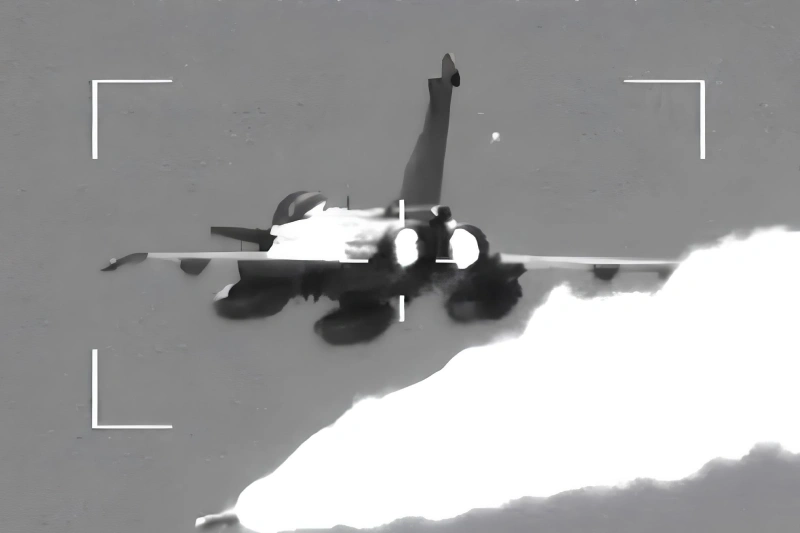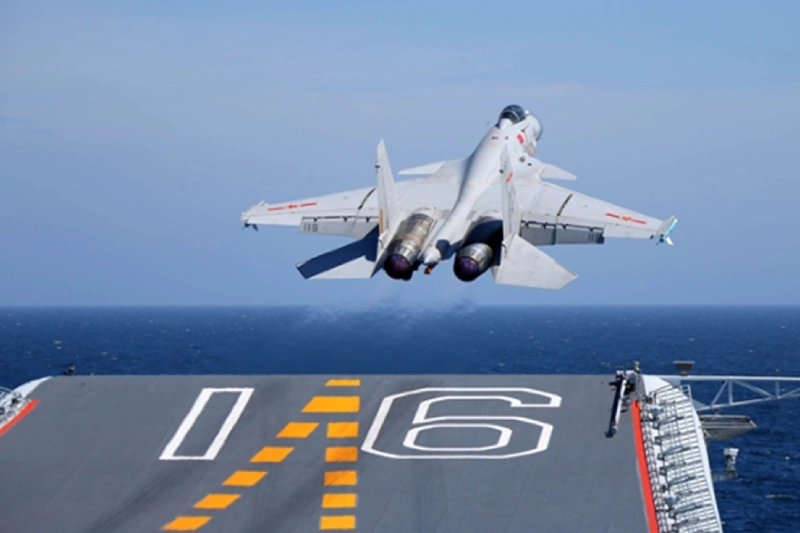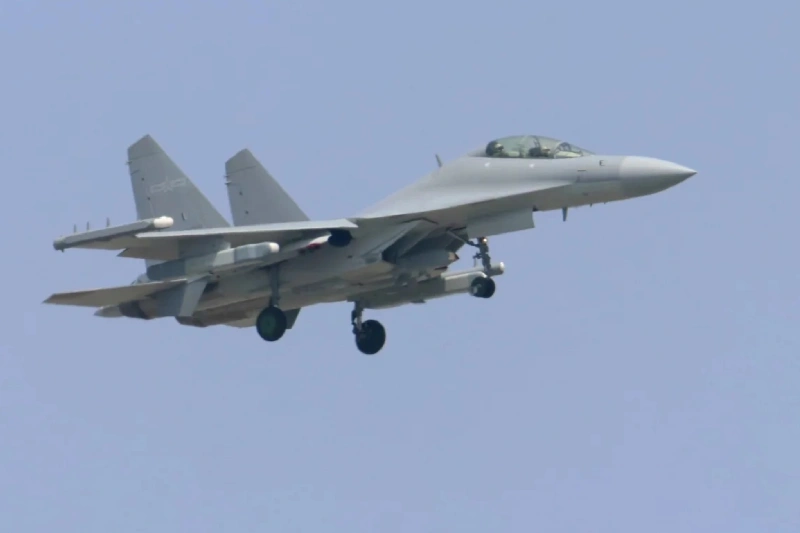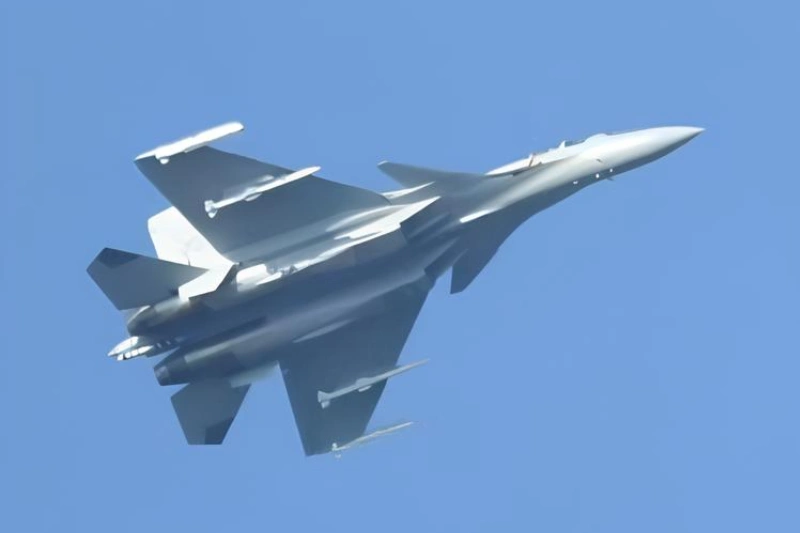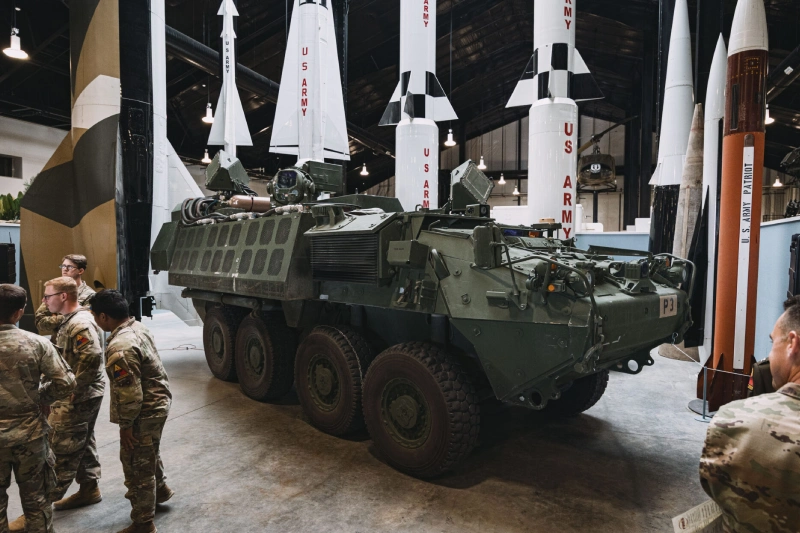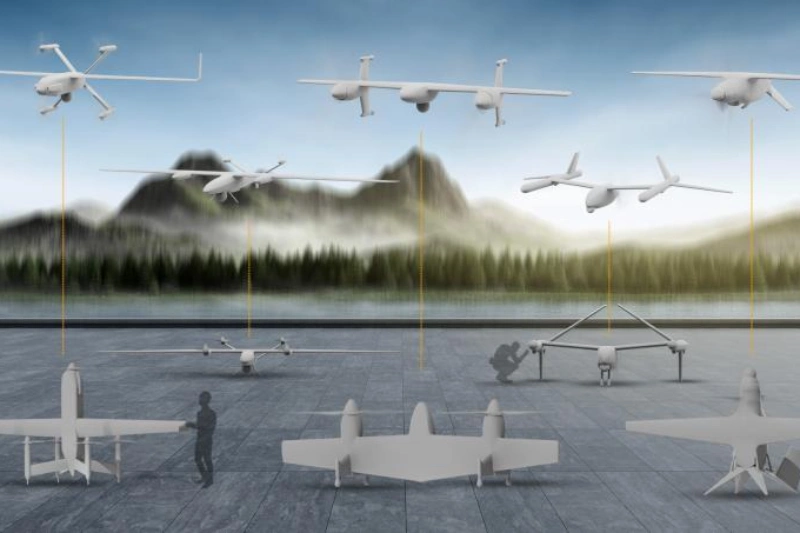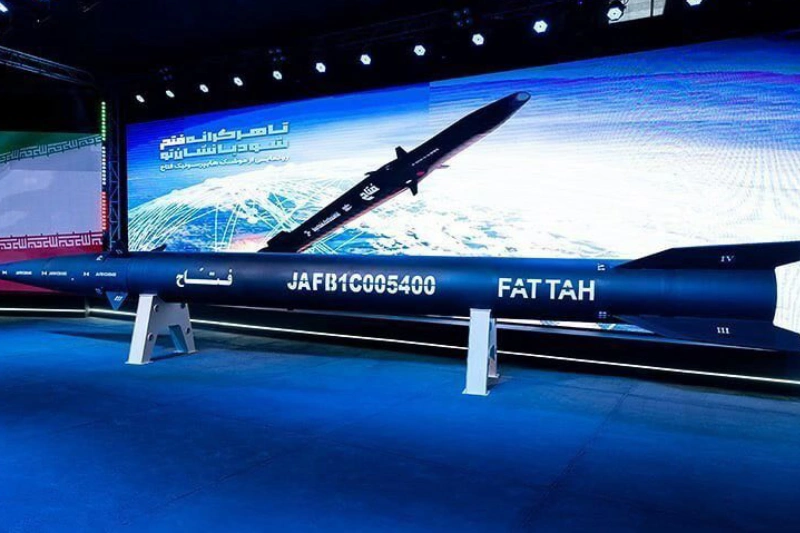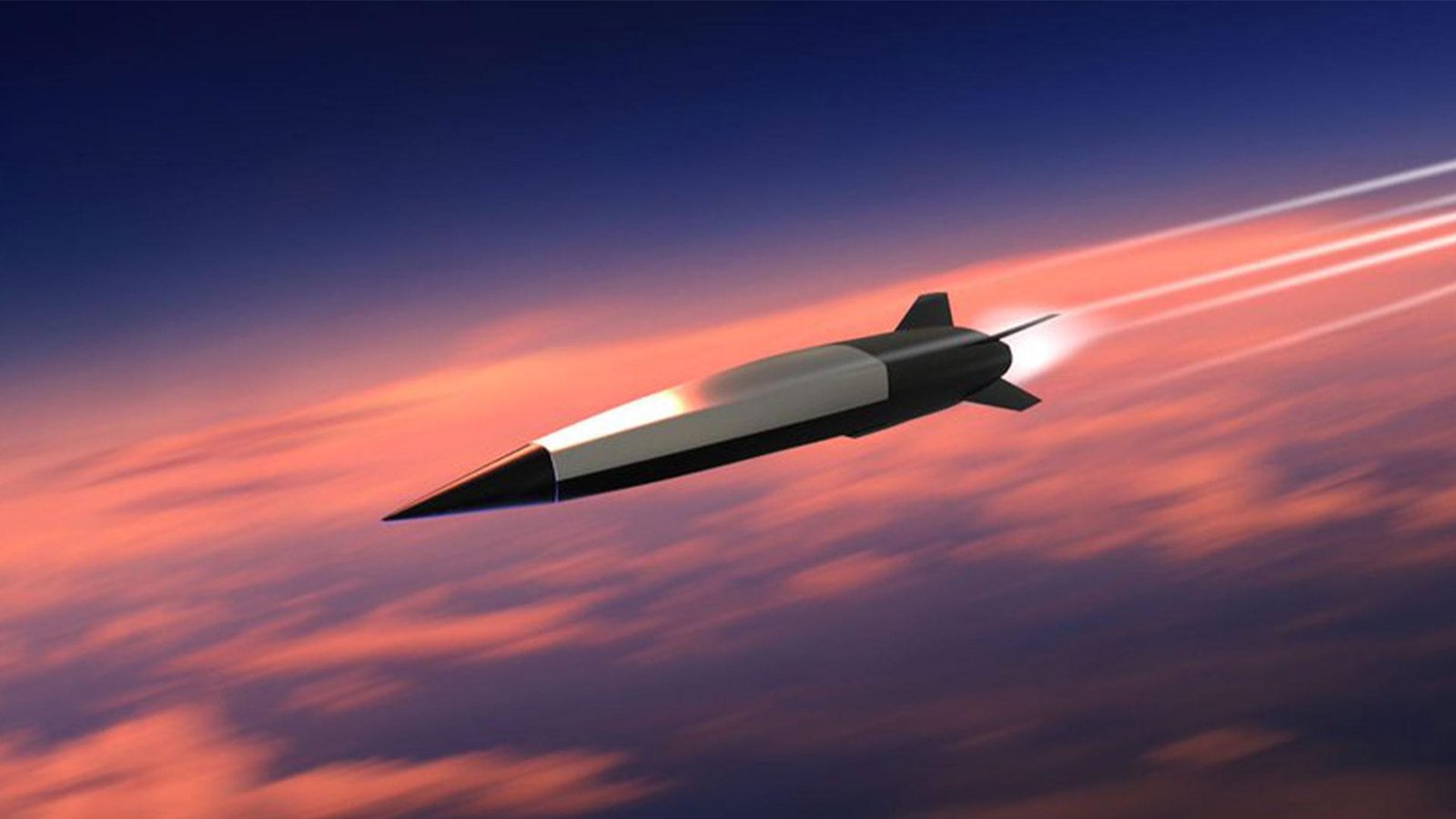China’s Hypersonic Missiles a Modern Warfare Game Changer
In recent simulations conducted by Chinese scientists, the formidable capabilities of China’s hypersonic missiles have taken center stage, showcasing their potential to neutralize advanced stealth aircraft, such as the US B-21 Raider. This breakthrough discovery has significant implications for the future of air warfare, introducing a new era of strategic considerations and military capabilities.
Unveiling the Vulnerabilities of the B-21 Raider
The B-21 Raider, a cornerstone of the US Air Force’s Penetrating Counter Air (PCA) strategy, has long been hailed for its ability to penetrate highly sophisticated air defense systems. However, the simulations conducted by Chinese scientists reveal potential vulnerabilities in the face of hypersonic missile technology. These missiles, boasting a top speed of Mach 6, can pose a substantial threat to stealth platforms like the B-21 Raider.
The Role of Artificial Intelligence and Advanced Hardware
At the heart of China’s hypersonic missile capabilities is the integration of artificial intelligence (AI) and cutting-edge hardware. The missiles demonstrated the ability to communicate with each other and coordinate attacks on stealth aircraft and their companion drones. The use of AI allows for adaptive decision-making, enabling rapid shifts between targets and enhancing the overall efficiency of the missile system.
Also read this: Iran Confirmed Russian Su35 & Mi-28 Acquisition
Anti-PCA Tactics: Detecting and Neutralizing Stealth Threats
The simulations showcased China’s anti-PCA tactics, emphasizing the importance of detecting opponents first. With a combination of advanced hardware and new tactics, China demonstrated its ability to outmaneuver stealth platforms. In one simulated scenario, a B-21-like stealth platform and its accompanying drone were both successfully shot down by China’s air-to-air hypersonic missiles.
Overcoming Hypersonic Communications Challenges
Communicating with hypersonic missiles has historically been a challenge due to the “black barrier” caused by plasma shields during hypersonic flight. However, China has reported significant advancements in high-speed communications technology, including the use of terahertz waves and spaceborne optical switching. These breakthroughs address the communication blackout and enable precise guidance of hypersonic missiles.
Strategic Considerations and Future Developments
The article also explores the strategic considerations behind employing hypersonic missiles against advanced stealth bombers. Despite the prohibitively high cost of these missiles, their deployment against equally expensive targets like the B-21 Raider is seen as justified. The piece concludes by highlighting the dynamic nature of military technology development, suggesting that alternative solutions for detecting stealth may emerge before the full operationalization of hypersonic missiles.
Keep connected with us at Facebook, Twitter, YouTube, Instagram & TikTok for the latest defence happenings around the globe.
Discover more from International Defence Analysis
Subscribe to get the latest posts sent to your email.





